-
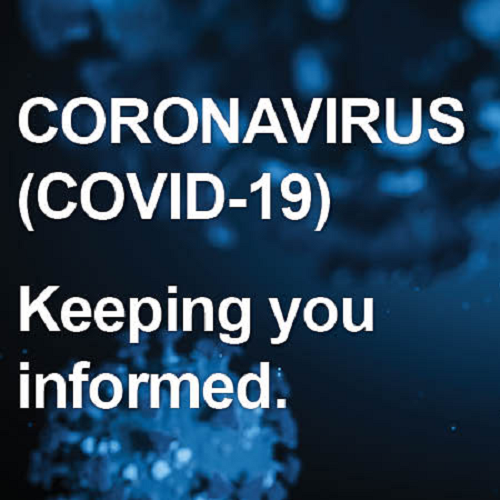
At The Centers for Advanced Orthopaedics, we appreciate the trust you place in us to provide you with expert and compassionate care for your orthopaedic needs. The coronavirus (COVID-19) continues to present itself in locations throughout the U.S. Please rest assured that your safety and wellbeing, as well as that of our staff, is our…
-

One of the biggest tools we have to fight health conditions is the power of human connection. That’s why awareness months, weeks, and days are so important: They rally us together to spread awareness and show support. Educational and fundraising events are often held at these times to create a ripple effect of positivity and…
-
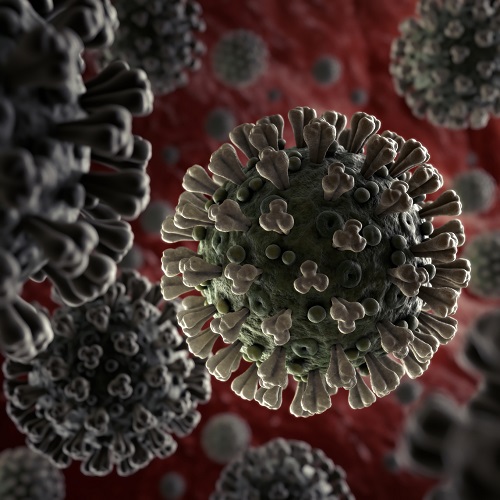
In December 2019, a new and aggressive form of respiratory infection was discovered in Wuhan, Hubei Province, China, and recently been named COVID –19. The virus is a corona virus and of the same family as the virus that caused the SARS (Severe Acute Respiratory Syndrome) epidemic in 2002-3. Transmission occurs through droplet spread when…
-
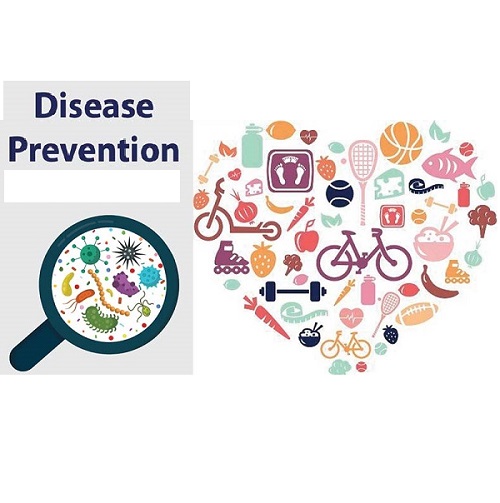
Disease prevention is a procedure through which individuals, particularly those with risk factors for a disease, are treated in order to prevent a disease from occurring. Treatment normally begins either before signs and symptoms of the disease occur, or shortly thereafter. Treatment can include patient education, lifestyle modification, and drugs. There are three levels of…
-

Physical activity or exercise can improve your health and reduce the risk of developing several diseases like type 2 diabetes, cancer and cardiovascular disease. Physical activity and exercise can have immediate and long-term health benefits. Most importantly, regular activity can improve your quality of life. A minimum of 30 minutes a day can allow you…
-

Physical accessibility “is understood as the availability of good health services within reasonable reach of those who need them and of opening hours, appointment systems and other aspects of service organization and delivery that allow people to obtain the services when they need them”. Universal health coverage and universal access, Bulletin of the World Health…
-

All humans have to eat food for growth and maintenance of a healthy body, but we humans have different nutrition requirements as infants, children (kids), teenagers, young adults, adults, and seniors. For example, infants may require feeding every 4 hours until they gradually age and begin to take in more solid foods. Eventually they develop into the…
-
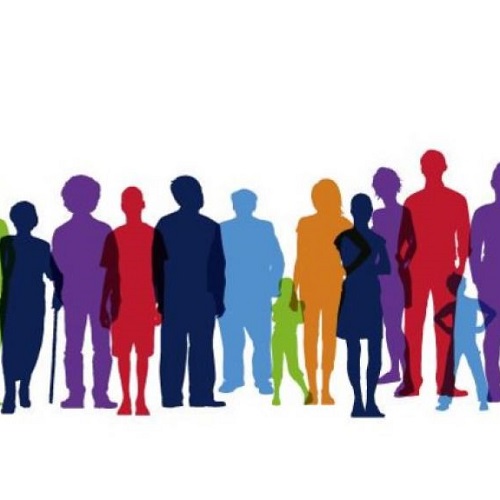
Background Community health promotion is of strategic significance in contemporary health systems. The overarching context of this stems from the inability of most countries with mixed health systems to deliver health as a public good; coupled with the emerging role of the market in health and resource constraints at the social sector level, particularly in…
-
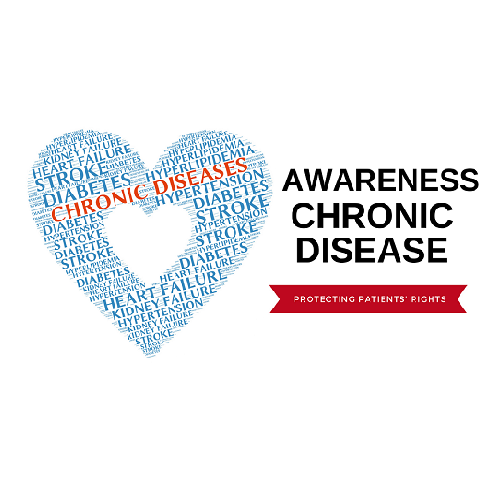
Trends among U.S. Adults The incidence of kidney failure treatment in the United States increased 57% from 1991 to 2000. Chronic kidney disease (CKD) prevalence was 11% among U.S. adults surveyed in 1988 to 1994. The objective of this study was to estimate awareness of CKD in the U.S. population during 1999 to 2000 and…
-

Malaria has been a major cause of poverty and low productivity accounting for about 32.5 percent of all OPD attendances and 48.8 percent of under five years admissions in the country. (NMCP annual report, 2009) The attempt to control malaria in Ghana began in the 1950s. It was aimed at reducing the malaria disease.
